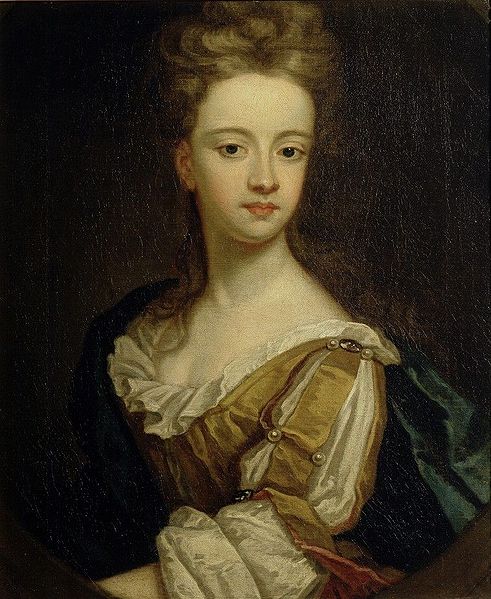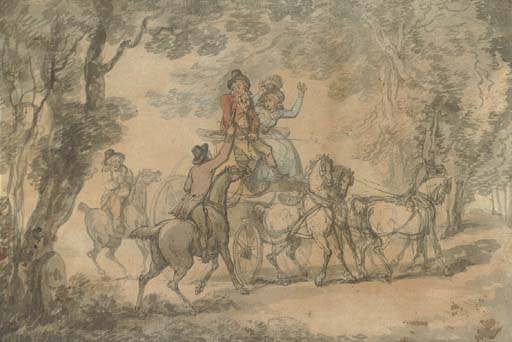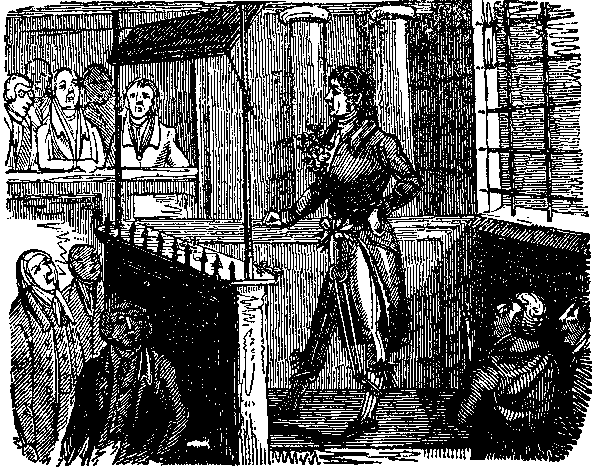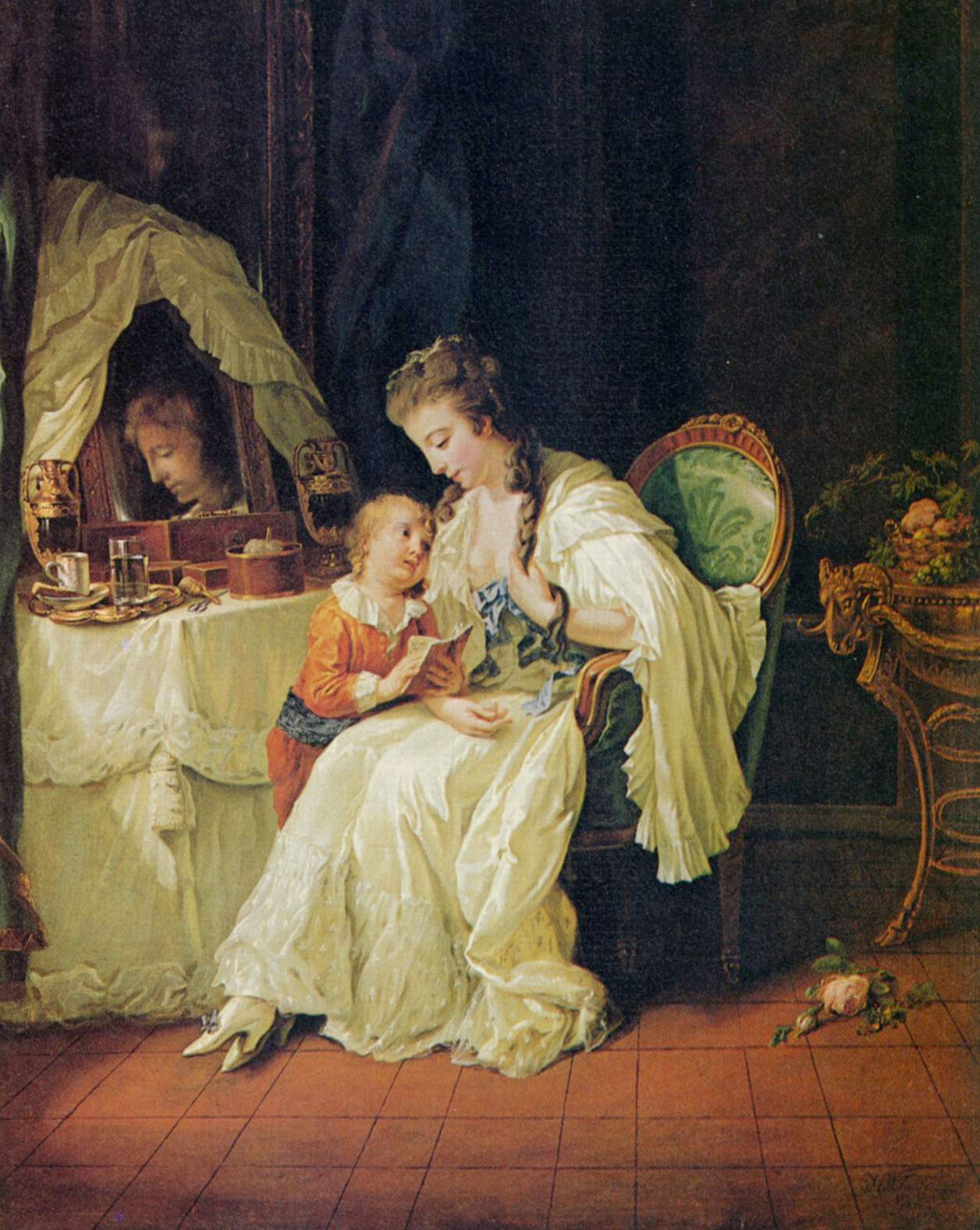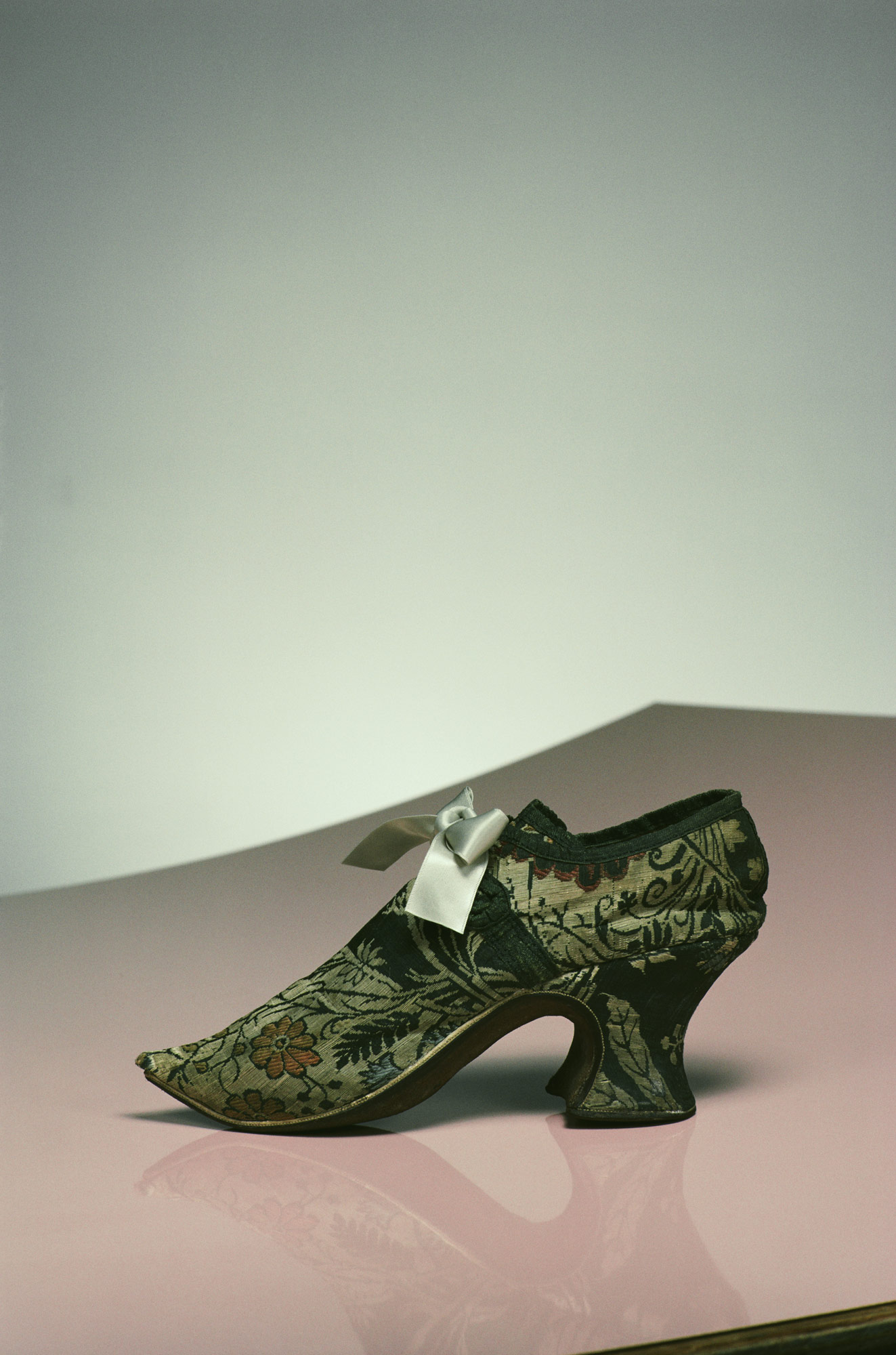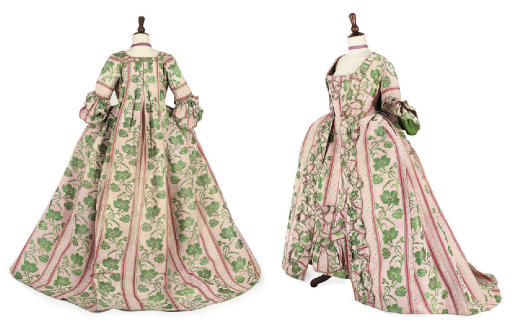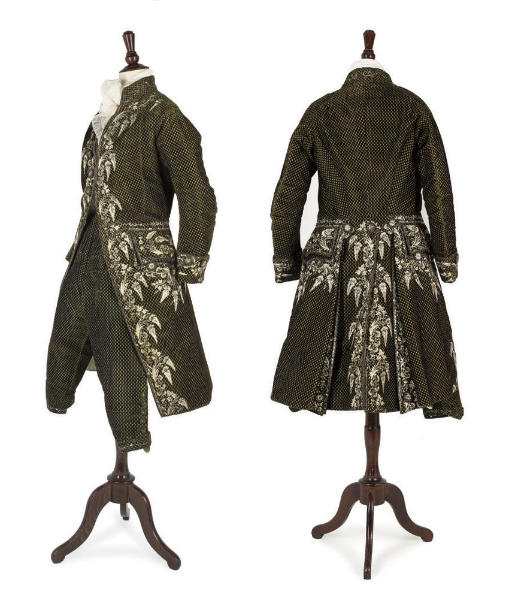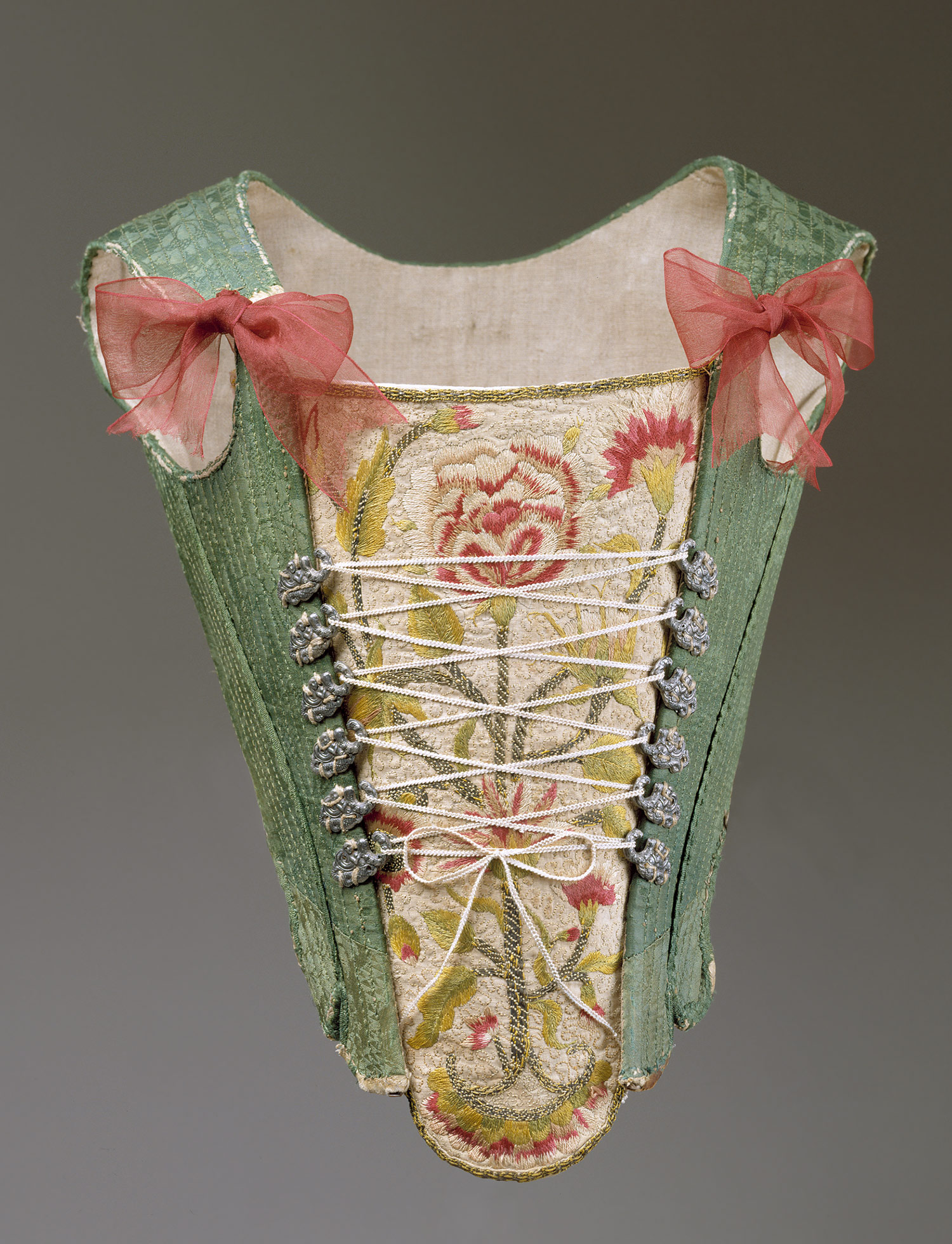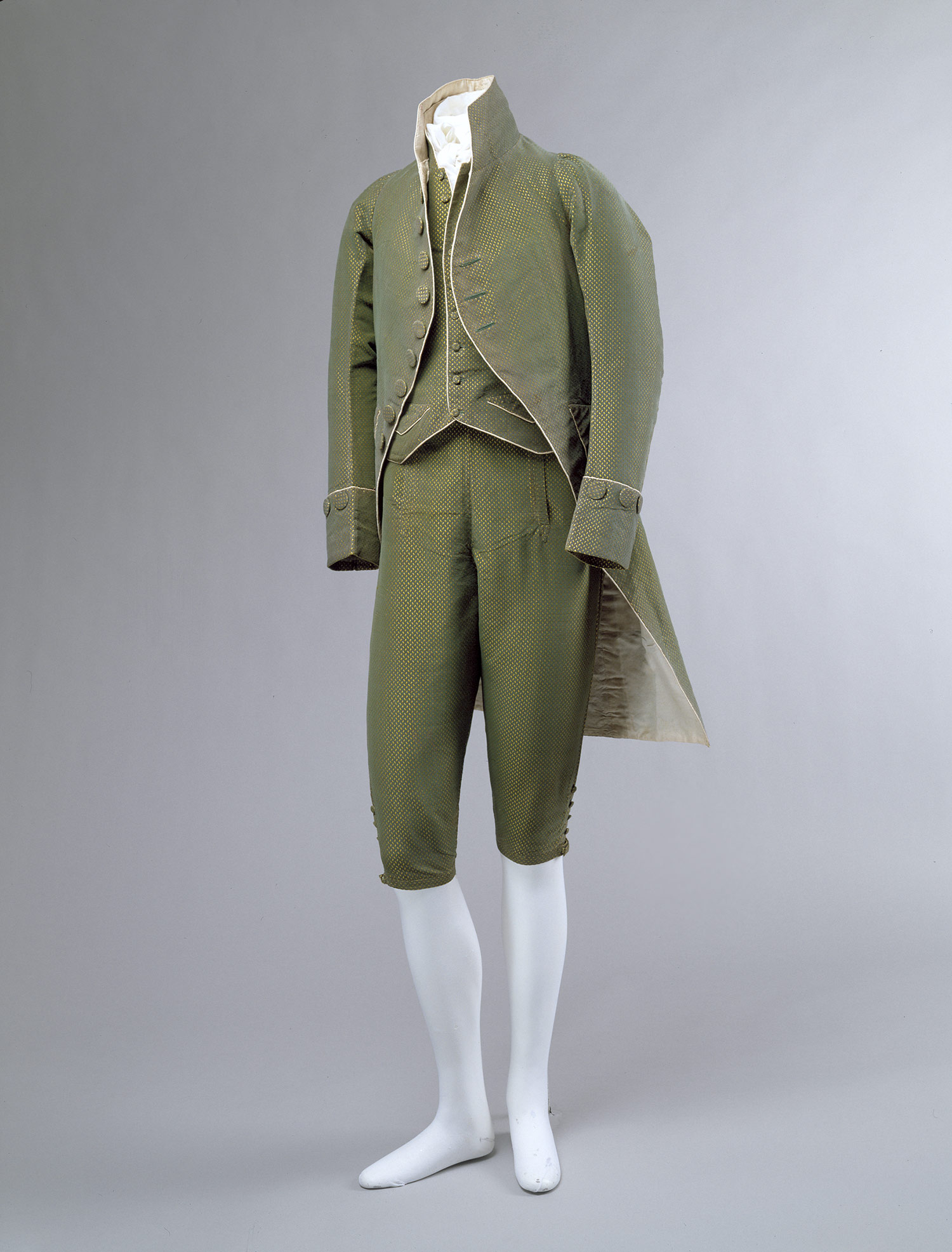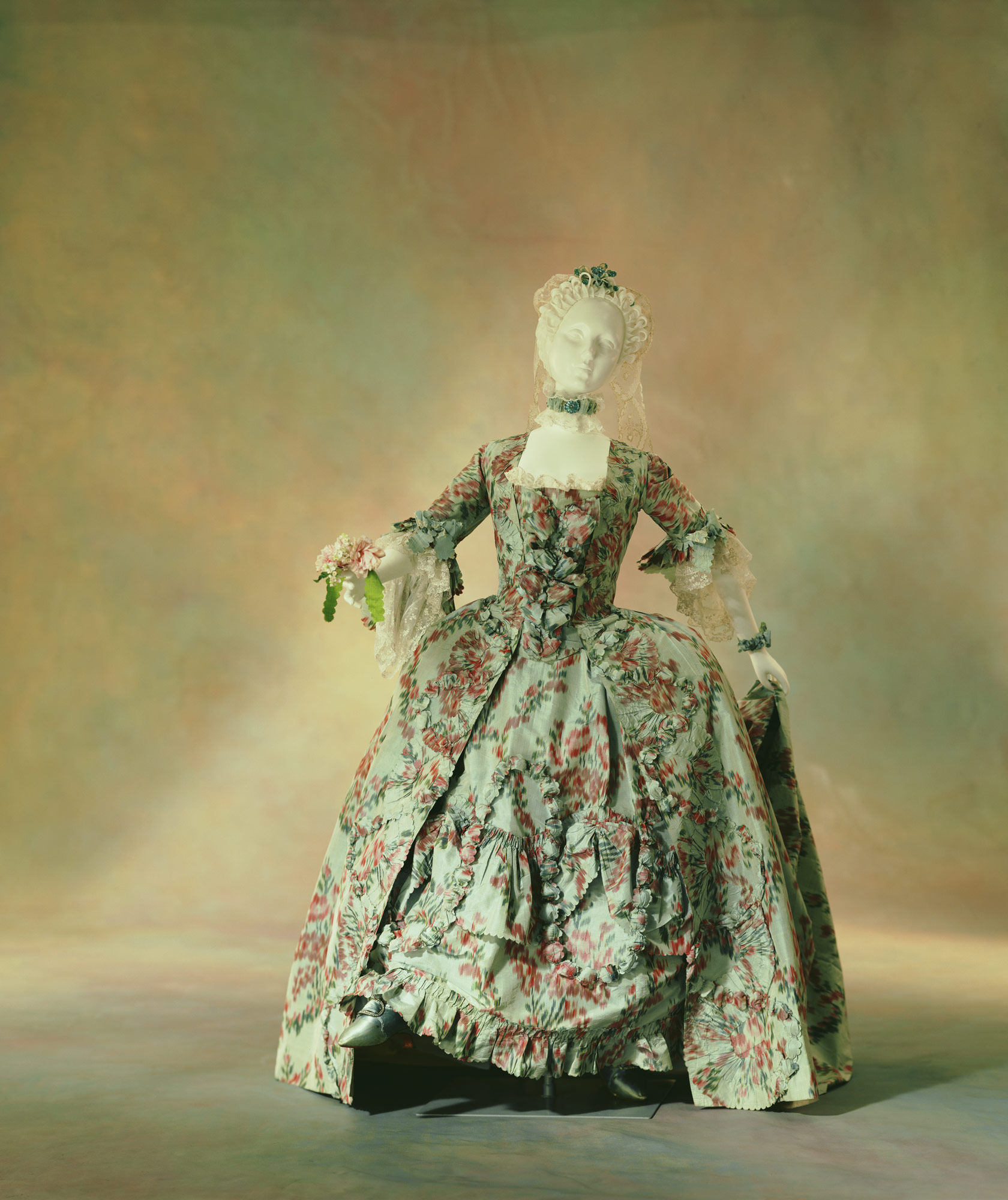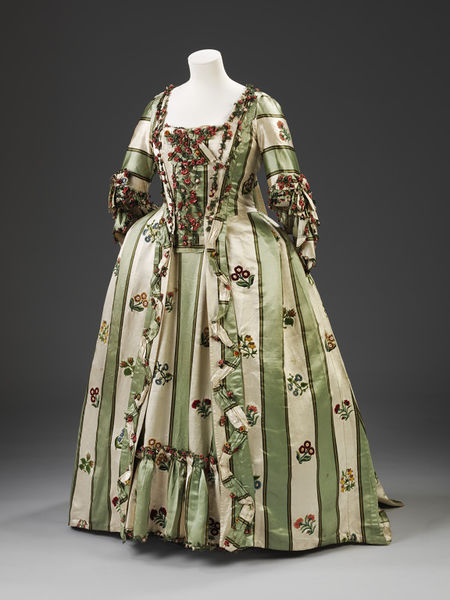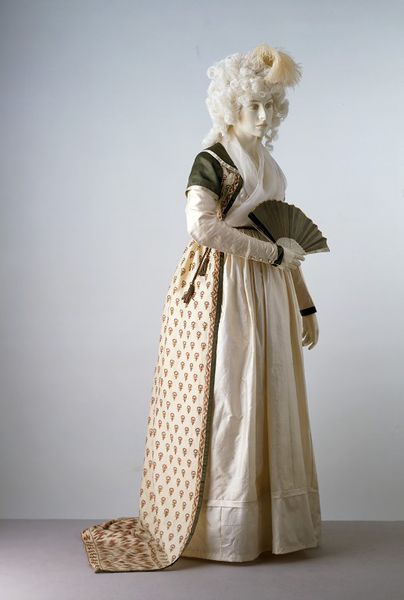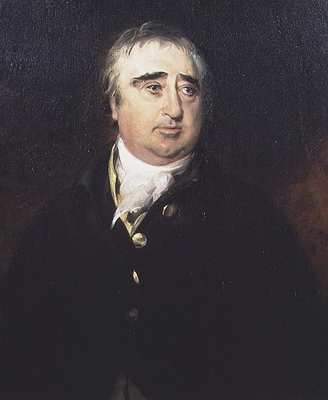The county of Essex has a rather negative reputation for its young ladies, just look up "Essex Girl" in the Urban Dictionary. Having lived there at one point in my life there I can both say "What a silly stereotype!" and "Holy Mother, what is that girl wearing!?! This is why some stereotypes are based on truths!" Now we all know the eighteenth century was not a prudish time; quite the opposite in fact. Now that poses the question: Were there any Lady Essex Girls? After all there was a Lady Jersey Shore. Let us examine the possibilities.
The Countesses of Essex (some anyway):
Lady Mary Bentinck
(1679-1726)
Mary was one of the famous Hampton Court Beauties; considered one of the most lovely women at the court of William and Mary. Her beauty was also given the exclusive Kit-Cat club toast, something reserved for VIP Whig ladies.
Result: Hot, but not bothered.
Lady Jane Hyde
(c. 1694-1724)
Another noted beauty, Lady Jane served as a Lady of the Bedchamber to the Princess of Wales.
Result: Yawn.
Lady Elizabeth Russell
(1704-1784)
Well behaved women rarely make history and this one barely made history.
Result: I'd rather make history.
Frances Hanbury Williams
(1735-1759)
This Lady Essex was quite fashionable but only was a Countess of Essex for five years before she expired.
Result: Not enough time to live up to her name.
What the heck. None of these ladies qualify as Essex Girls! No low cut dresses, no public displays of affection, nothing! I even found a Lady Essex Mostyn. Her first name was Essex and she couldn't even make headlines. So sadly I must accept that there were no Lady Essex Girls in the century when they should have been making the most of the stereotype.
Cassiobury housed these lame ducks and has a fabulous site about them.
Well thank goodness someone was able to write a book about Infamous Essex Women!
Look, another book about Essex Girls


